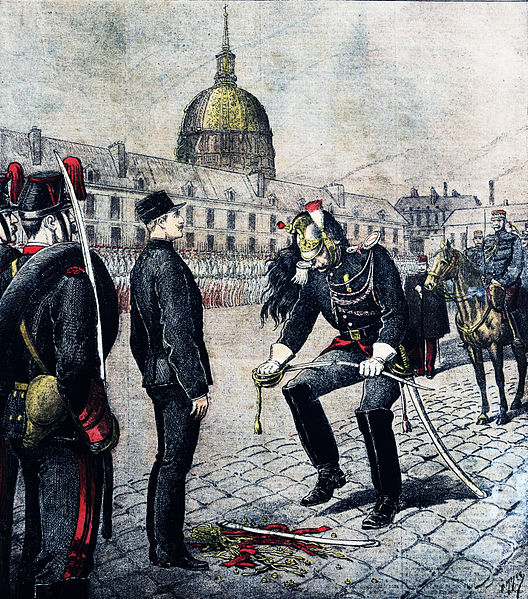Capital punishment in the United Kingdom
Capital punishment in the United Kingdom predates the formation of the UK, having been used within the British Isles from ancient times until the second half of the 20th century. The last executions in the United Kingdom were by hanging, and took place in 1964; capital punishment for murder was suspended in 1965 and finally abolished in 1969. Although unused, the death penalty remained a legally defined punishment for certain offences such as treason until it was completely abolished in 1998; the last execution for treason took place in 1946. In 2004, Protocol No. 13 to the European Convention on Human Rights became binding on the United Kingdom; it prohibits the restoration of the death penalty as long as the UK is a party to the convention.
The only known photograph of the death sentence being pronounced in England and Wales, for the poisoner Frederick Seddon in 1912
Mother Catherine Cauchés (centre) and her two daughters Guillemine Gilbert (left) and Perotine Massey (right) with her infant son burning for their Protestant beliefs
Treason is the crime of attacking a state authority to which one owes allegiance. This typically includes acts such as participating in a war against one's native country, attempting to overthrow its government, spying on its military, its diplomats, or its secret services for a hostile and foreign power, or attempting to kill its head of state. A person who commits treason is known in law as a traitor.
A 17th-century illustration of the leaders of the Gunpowder Plot, a failed assassination attempt against James I of England.
5 January 1895: The treason conviction of Captain Alfred Dreyfus.
Russian political activist Vladimir Kara-Murza was sentenced to 25 years in prison for treason and other offences
Engraving depicting the execution of Sir Thomas Armstrong in 1684 for complicity in the Rye House Plot; he was hanged, drawn and quartered.






